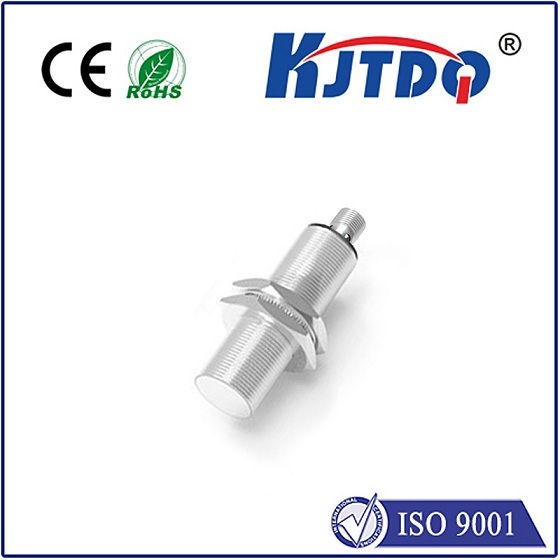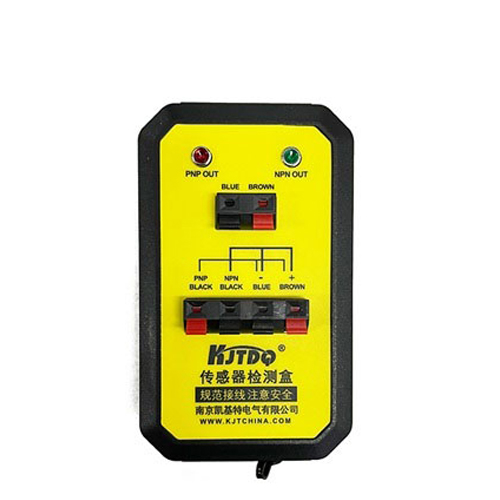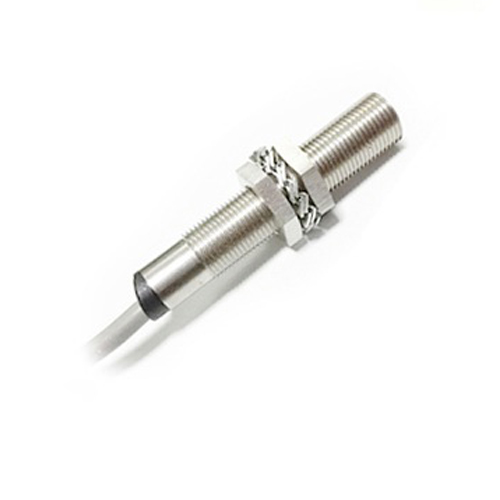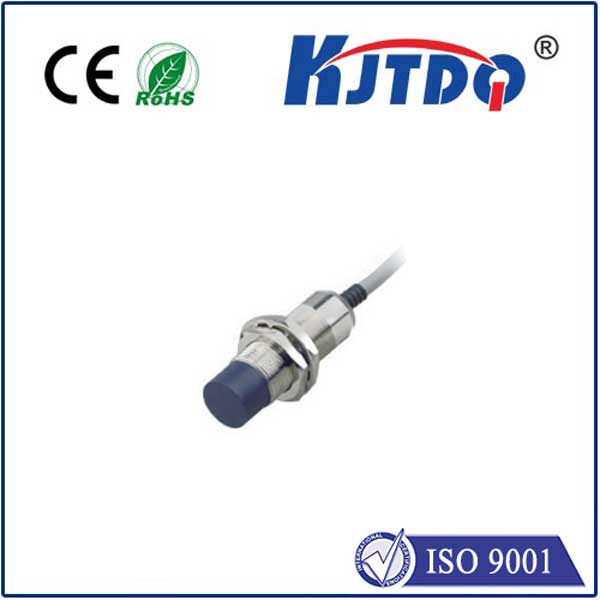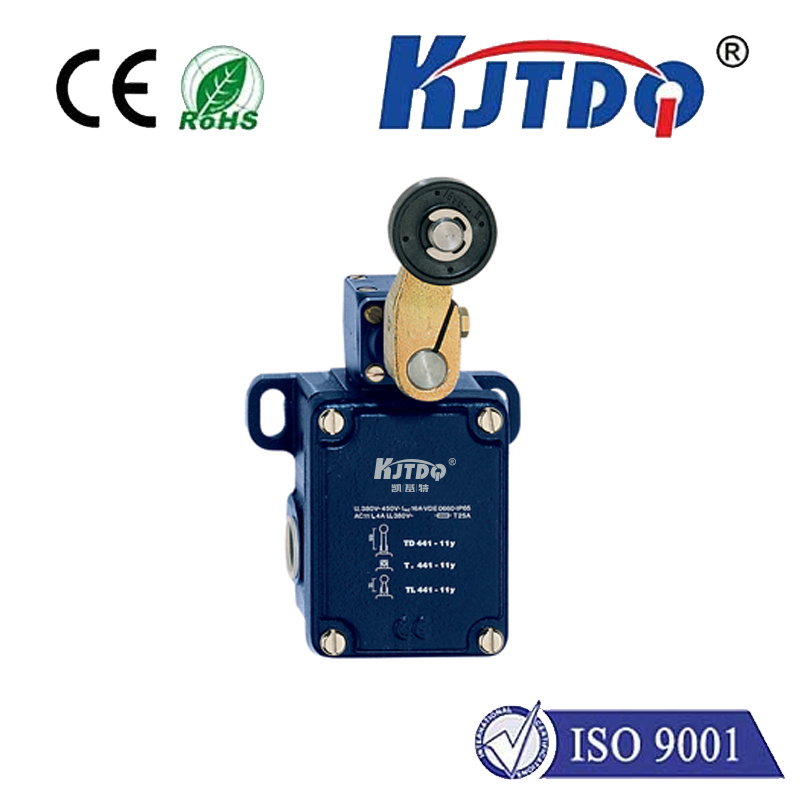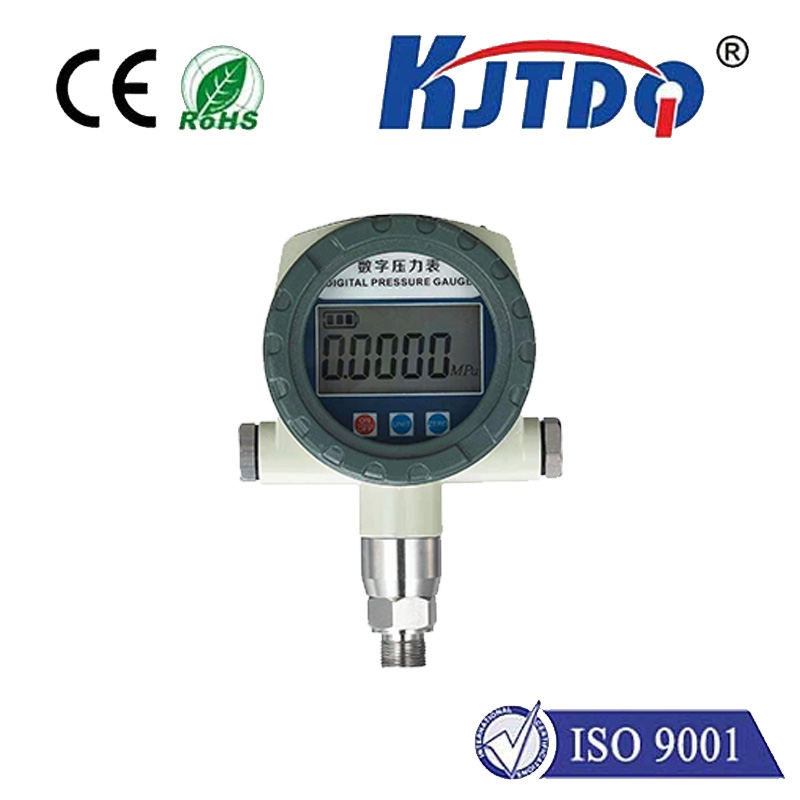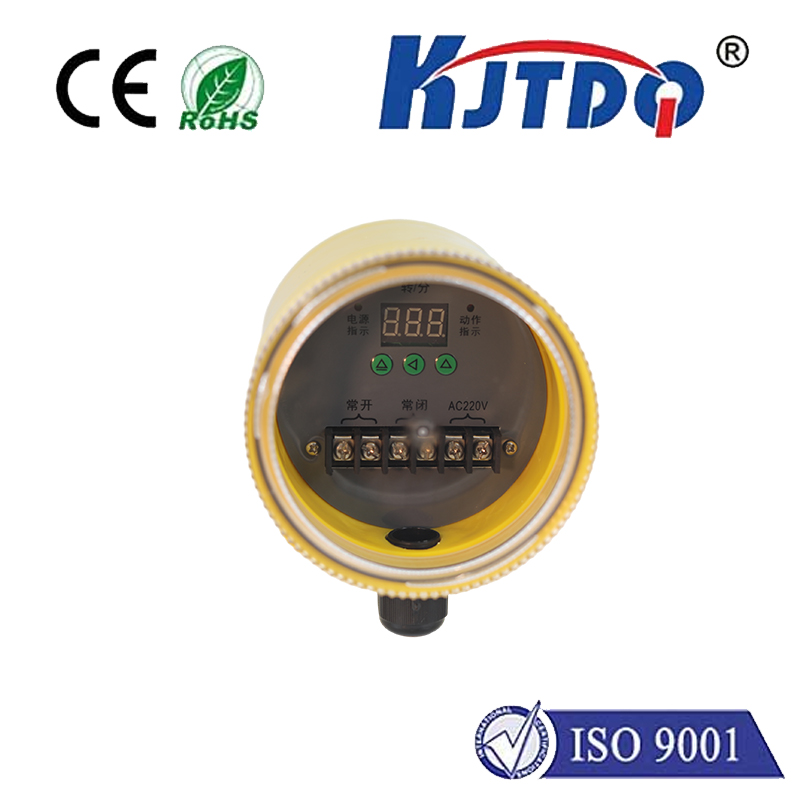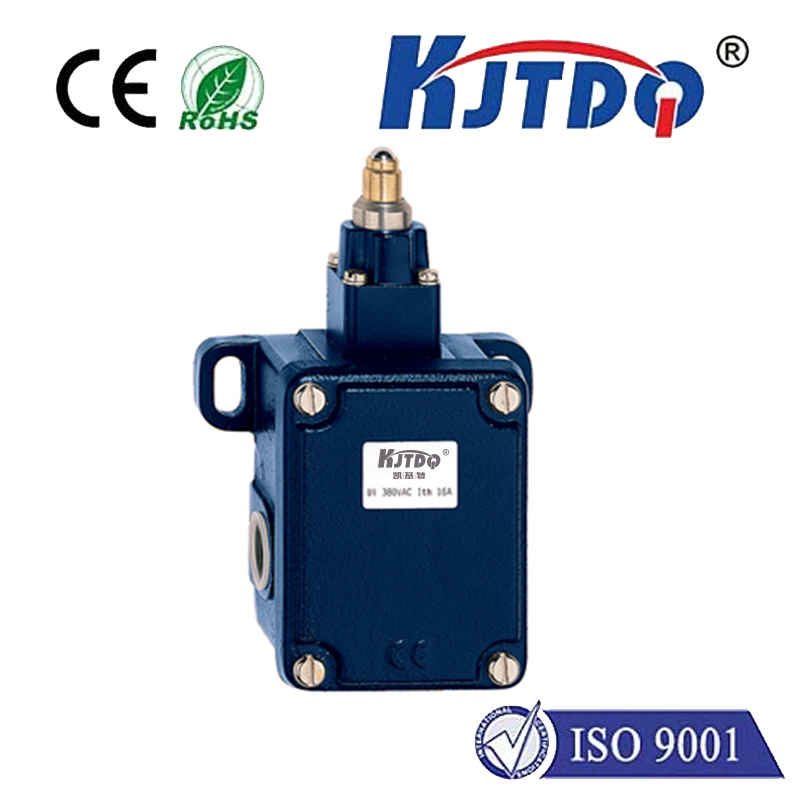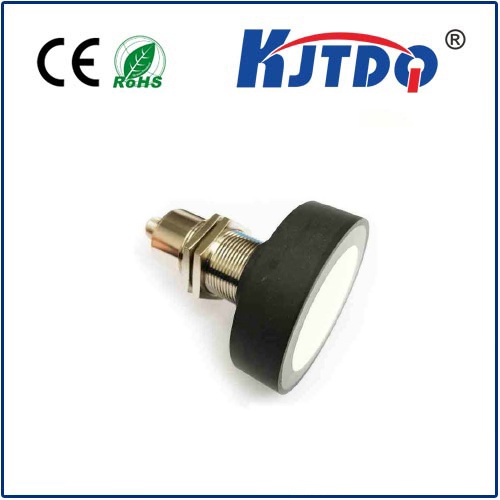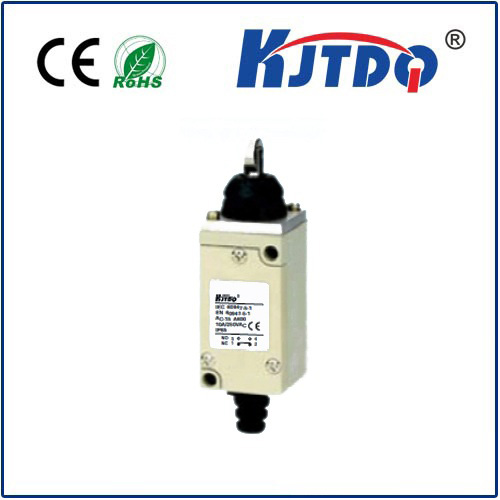proximity sensor detects metal objects
- time:2025-07-15 08:31:06
- Click:0
Unlocking Efficiency: How Proximity Sensors Revolutionize Metal Detection in Automation
Imagine a world where machines seamlessly interact with metal components – positioning parts with micron precision, preventing collisions, counting objects whizzing by on a conveyor, or confirming a critical gear is engaged – all without a single physical touch. This isn’t science fiction; it’s the everyday reality powered by a fundamental technology: proximity sensors detecting metal objects. These unsung heroes silently enhance safety, boost productivity, and ensure quality across countless industries, forming a cornerstone of modern industrial automation.
At their core, proximity sensors are devices designed to detect the presence or absence of an object within a specific range without requiring physical contact. While various types exist (capacitive, ultrasonic, photoelectric), when the target material is specifically metal, inductive proximity sensors reign supreme. Their operation hinges on a beautifully simple yet effective principle of electromagnetism.
The Inductive Magic: How They “See” Metal
Inside an inductive proximity sensor, an oscillator generates a high-frequency electromagnetic field emanating from the sensing face. When a metal object enters this active field, something fascinating happens:
- Eddy Currents: The electromagnetic field induces swirling electrical currents, called eddy currents, within the conductive metal object.
- Field Disturbance: These eddy currents themselves generate a secondary electromagnetic field, opposing the original field generated by the sensor’s coil.
- Damping Effect: This opposition dampens or reduces the amplitude of the sensor’s oscillating field.
- Detection Trigger: The sensor’s internal circuitry continuously monitors the oscillation amplitude. The significant reduction caused by the presence of metal triggers the sensor’s output signal to switch state (typically from “off” to “on,” or vice versa).
This entire process happens in microseconds, providing incredibly fast and reliable detection. Crucially, non-metallic objects like plastic, wood, or cardboard do not conduct electricity effectively enough to generate significant eddy currents, so they cause minimal disturbance to the field and are effectively ignored by the sensor. This inherent selectivity for metal detection is a key advantage.
Why Metal Detection Matters: Core Applications
The ability to reliably detect metal objects non-contact unlocks a vast array of critical applications:
- Position Verification: Confirming the presence of a metal component in a fixture, jig, or assembly station before a process begins. Did the robot arm place the metal bracket correctly? The proximity sensor provides the answer instantly.
- End-of-Travel Detection: Monitoring the position of metal pistons in cylinders, verifying if a metal slide or door has reached its open or closed limit. This is vital for machine safety and cycle control.
- Object Counting: Tracking metal parts or containers moving rapidly along a conveyor belt. Each detection pulse counts as another unit passes by.
- Automated Sorting: Differentiating metal parts from non-metal ones on a shared conveyor line, often integrated with diverter arms for separation.
- Collision Prevention: Protecting personnel and equipment by detecting the approach of metal structures (like forklift forks or Automated Guided Vehicles - AGVs) near sensitive areas or machinery.
- Speed Monitoring: Measuring the rotation of metal gears or sprockets by counting the teeth as they pass the sensor.
- Error-Proofing (Poka-Yoke): Ensuring the correct metal component is present or oriented properly before critical assembly steps proceed, preventing costly mistakes.
- Machine Tool Setting: Precisely positioning metal workpieces on CNC lathes or milling machines.
Inductive vs. Others: Why Metal Means Inductive
While photoelectric sensors detect anything interrupting a light beam, and capacitive sensors detect any material affecting an electrostatic field, inductive proximity sensors excel specifically for metal detection due to:
- Robustness: Highly resistant to dust, dirt, oil, and other harsh environmental contaminants common in factories – crucial for industrial automation environments. Their sealed, typically metal housings provide excellent durability.
- Reliability: Consistent operation unaffected by surface color, transparency, or ambient light conditions (unlike photoelectrics).
- Speed: Very fast response times (often microseconds), suitable for high-speed production lines.
- Long Service Life: No moving parts to wear out, ensuring longevity.
- Cost-Effectiveness: Generally offer a very good price-to-performance ratio for demanding metal detection tasks.
Factors Influencing Metal Detection Performance
Not all metal detection scenarios are equal for an inductive proximity sensor. Key factors include:
- Target Metal Type: Ferrous metals (like iron, steel) induce the strongest eddy currents, offering the longest nominal sensing distance. Non-ferrous metals (like aluminum, brass, copper) induce weaker currents, resulting in a shorter effective range (typically 40-70% of the nominal distance). Sensor datasheets provide specific details.
- Target Size: Larger metal objects generate a stronger disturbance, leading to potentially longer detection ranges. Very small targets might not be reliably detected unless closer to the sensor face.
- Target Shape: Flat surfaces facing the sensor are optimal. Thin edges or irregular shapes may reduce the effective sensing distance.
- Installation: Mounting flush or non-flush (with surrounding metal)? Nearby metallic objects? Proper mounting is crucial to avoid interference and ensure reliable operation. Always consult the mounting instructions!
Selecting the Right Sensor for Your Metal Detection Task
Choosing the optimal inductive proximity sensor involves considering:
- Required Sensing Distance: Match the sensor’s nominal range (Sn) to your application’s needed operating distance, factoring in target material and size.
- Target Material: Ferrous or non-ferrous? This significantly impacts the effective range.
- Environment: Degree of dust, moisture, chemical exposure? Look for appropriate IP (Ingress Protection) ratings (e.g., IP67, IP69K) and temperature ratings.
- Output Type: PNP or NPN transistor switching? Normally Open (NO) or Normally Closed (NC)? Must match the control system input (PLC input module).
- Housing Style: Barrel (cylindrical), block, or rectangular shape? Influenced by mounting constraints.
- Connection: Pre-wired cable or quick-disconnect (M8, M12 connectors)?
The Unseen Advantage: Driving Modern Automation Forward
The ability of proximity sensors to detect metal objects reliably, quickly, and without wear is a foundational technology. It enables the precision, speed, and safety demanded by modern manufacturing, robotics, and material handling. By providing essential feedback on the presence or position of critical metal components, these sensors silently orchestrate complex processes, minimize errors, prevent damage, and ultimately drive efficiency and productivity gains across the industrial automation landscape. From the precise placement of engine parts to the safe navigation of AGVs in warehouses, the unseen detection of metal by proximity sensors is a key enabler of the automated world we rely on.











